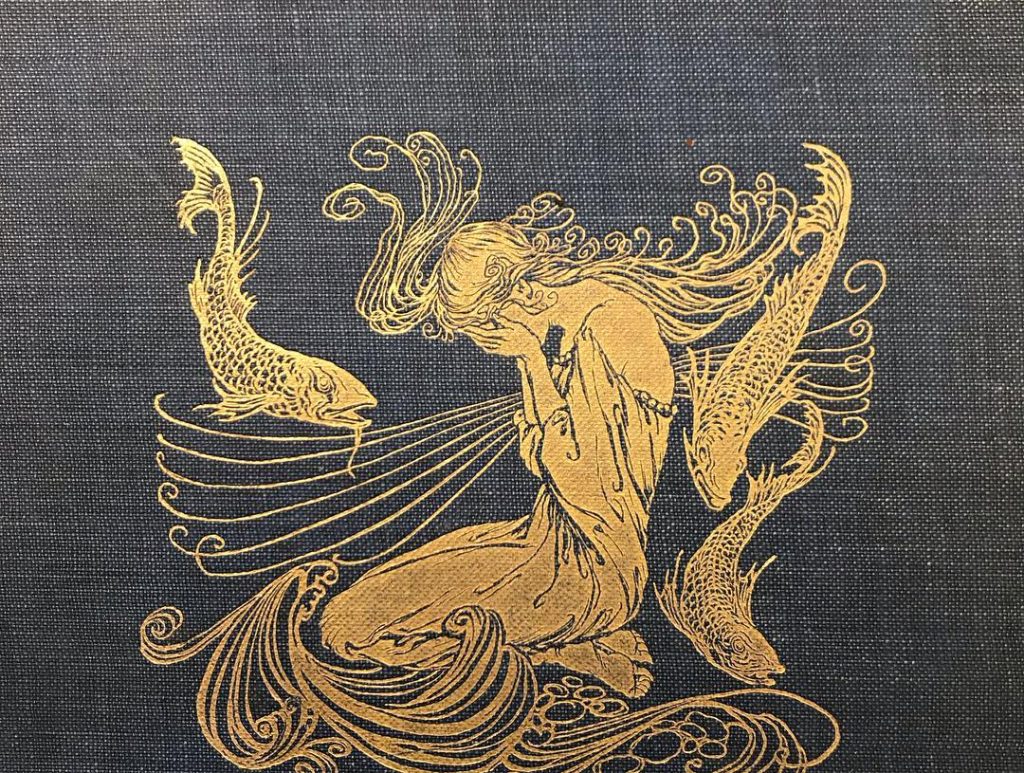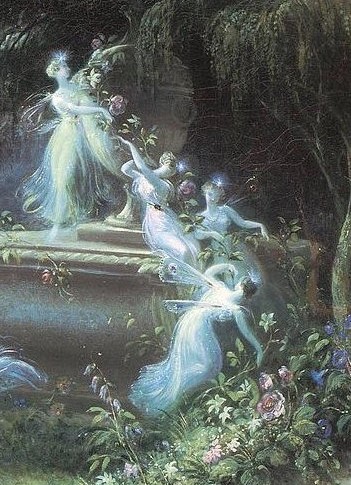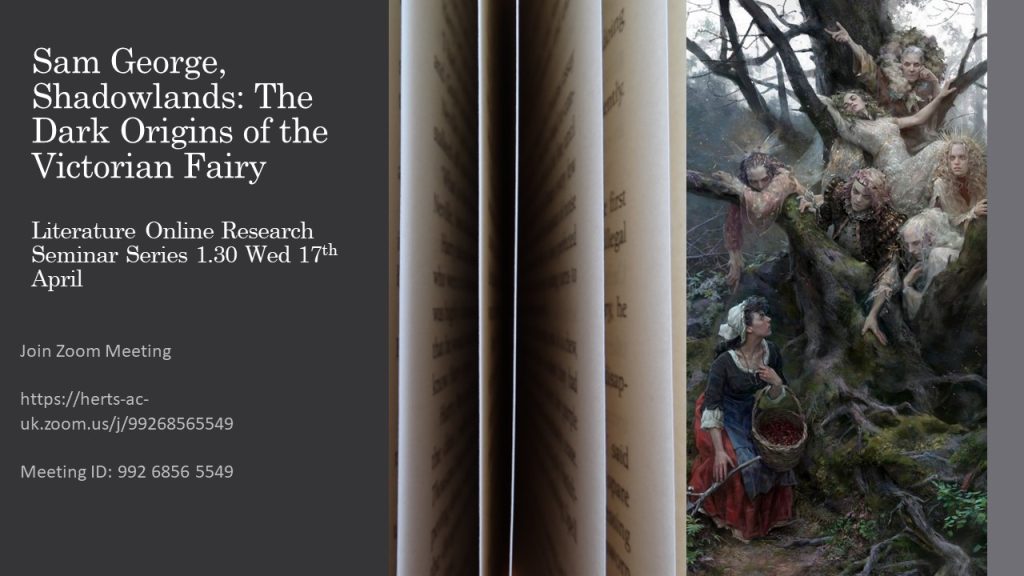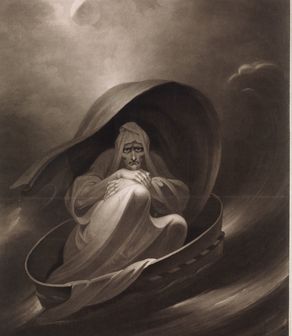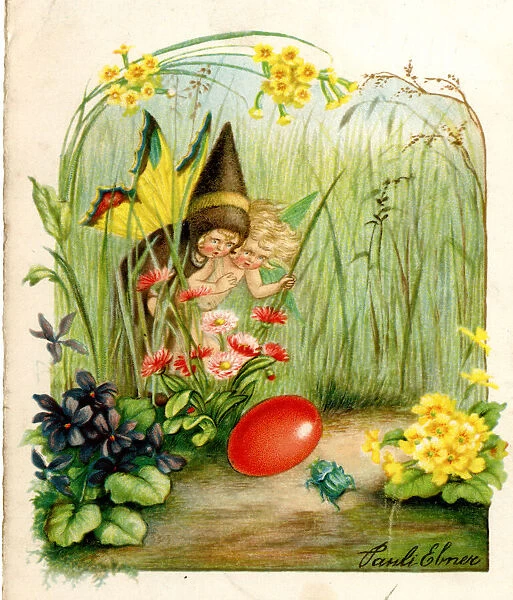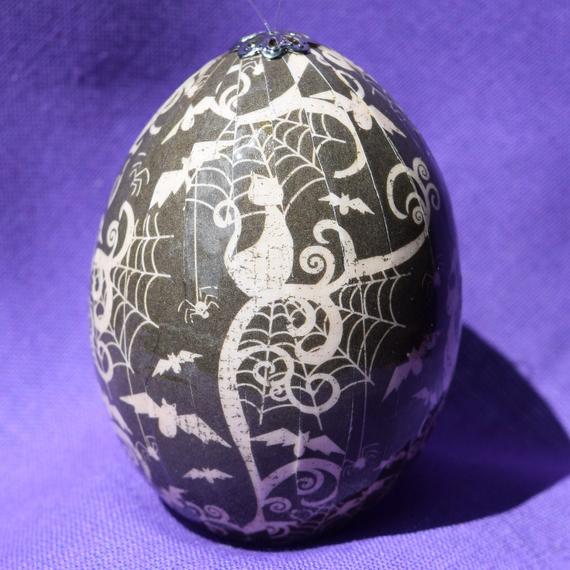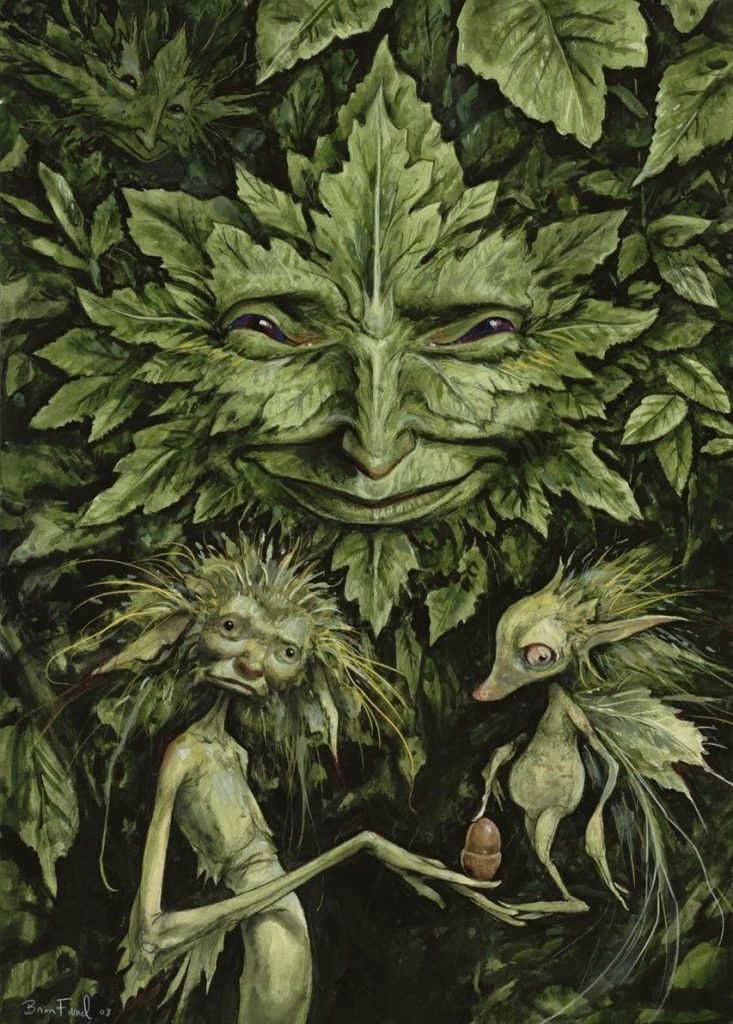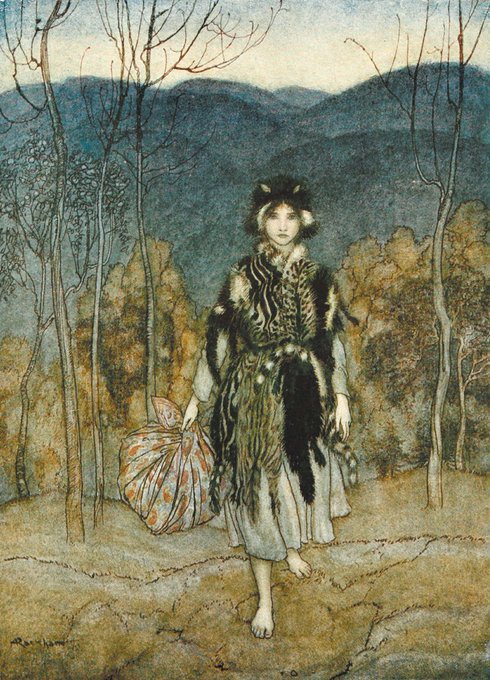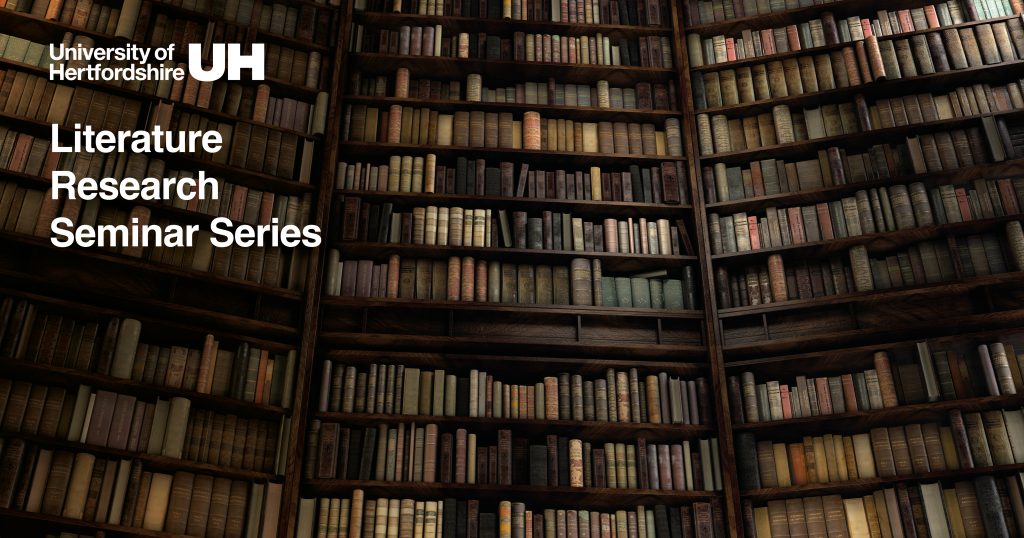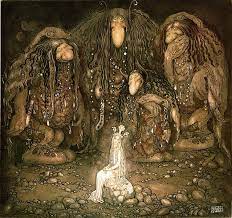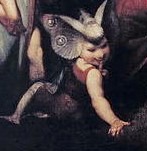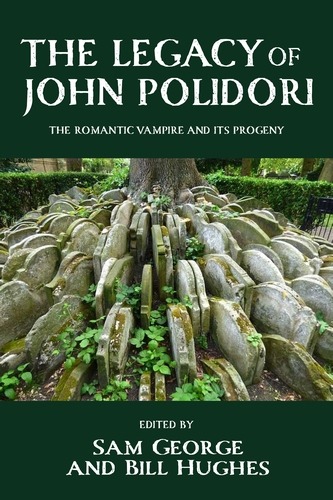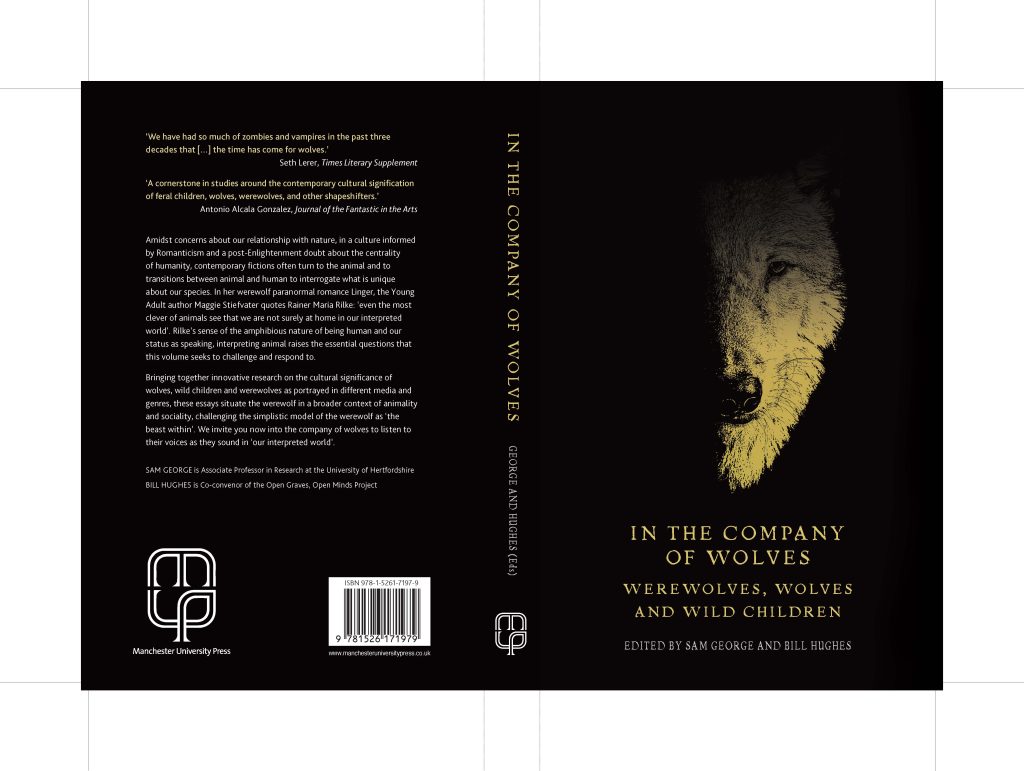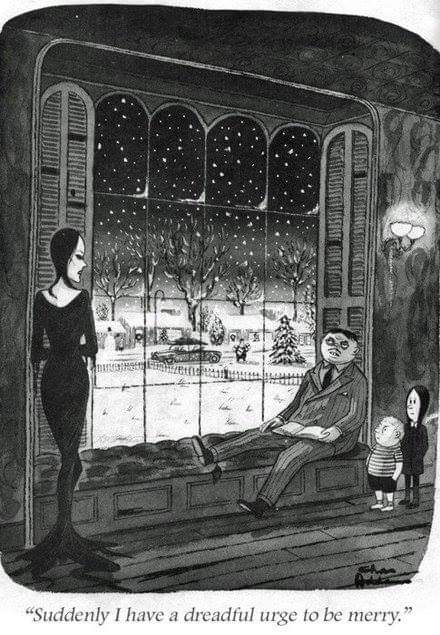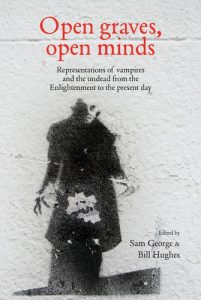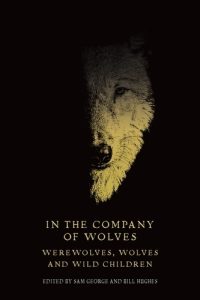Jane Gill is a Doctoral Student at the University of Hertfordshire and an OGOM Member
In the depths of winter, I embarked on a journey to Dublin with two main objectives: to visit Marsh’s Library and to present my first conference paper at University College Dublin. Founded in 1707, Marsh’s Library is a delightful and historic gem, standing as the oldest public library in Dublin. For the first one hundred and fifty years of its existence, it was the only public library in the city. The Humanities Institute at University College Dublin hosted the Cannibal Consumption: Culture, Capitalism, Critique conference for doctoral students on the 1st of March. Despite the unexpected snowfall, the conference proceeded as planned, offering a unique backdrop to this significant event.
Exploring Marsh’s Library

The library’s collections are particularly rich in eighteenth-century Irish politics, history, folklore, and literature. My visit was specifically aimed at examining works on Irish fairy folklore by Lady Jane Wilde. Approaching the library, one ascends a steep set of stairs to reach the grand entrance porch.
The day I visited the library was a warm spring day, but I can imagine the steps being treacherous with black ice, or even with normal ice or snow. Upon arrival, I received a very warm greeting from the head librarian, Amy Boyle. She guided me to the reading room and briefed me on the rules and procedures for handling the old books.

Prior to my visit, I had requested a few of Lady Wilde’s books, and the librarian informed me that they would be brought over from the Farmleigh library site. Once I had followed all the procedures and settled into the reading room, my research began. I had requested three books: Lady Jane Wilde’s Ancient Legends of Ireland, and Ancient Cures, Charms and Usages of Ireland, and Irish Fairy Tales by William Butler Yeats.

Of the three books, the first one was by far the most useful as it contained a wealth of information and background detail on fairy legends in Ireland. I took numerous photos and made extensive notes on this first book. The other two books were useful in some ways, but not as useful as Ancient Legends of Ireland (which I discuss in the next section).

It’s a lesser-known fact that Lady Jane Wilde, mother of Oscar Wilde, was not only a writer but also a celebrated Irish folklorist. Her works provide profound insights into the intertwining of Irish fairy beliefs and the landscapes they inhabit. She described fairies as having a complex relationship with humans, believing that ‘death is the penalty to all who approached too near, or pried too curiously into the mysteries of nature.’
These fairies are depicted with both a benevolent aspect, harmonizing with nature, and a darker side. The notion of fairies abducting human girls to offer them to the ‘Evil One’ creates a sinister undertone, echoing themes of the monstrous feminine. There exists a fascinating overlap between fairy and mermaid lore, fueled by the myth that fairies are fallen angels. According to Lady Wilde:
Some fell to earth, and dwelt there, long before man was created, as the first gods of the earth. Others fell into the sea, and they built themselves beautiful fairy palaces of crystal and pearl underneath the waves; but on moonlight nights they often come up on the land, riding their white horses, and they hold revels with their fairy kindred of the earth, who live in the clefts of the hills, and they dance together on the greensward, under the ancient trees, and drink nectar from the cups of the flowers, which is the fairy wine.
From Lady Jane Wilde, Ancient Legends of Ireland (London: Chatto & Windus, 1899).
Other fairies, however, are demoniacal, and given to evil and malicious deeds; for when cast out of heaven they fell into hell and there for the devil holds them under his rule, and sends them forth as he wills upon missions of evil to tempt the souls of men downward by the false glitter of sin and pleasure. Lady Wilde’s narratives vividly illustrate how some fairies found their way into the sea, establishing a compelling connection between fairies and mermaids.
Cannibal Consumption: Culture, Capitalism, Critique
The theme of this conference wasn’t directly linked to my PhD thesis (Ecophobia and the Monstrous Feminine in the Gothic Literature and Visual Art of the Long Nineteenth-Century link), but it did have a loose connection to my MA dissertation research on the Kraken in fin de siècle literature. I woke up early, as is my habit—I tend to be prepared and allow extra time for travel. When I looked out the window, I was surprised to see snow falling from the sky, a sudden change from the sunny and mild weather we’d been having. Undeterred, I made my way to the bus stop and took the bus to the University College Dublin campus.
Walking across the campus in a blizzard was quite challenging, but I managed to arrive early. Serendipitously, I reached the venue at the same time as the keynote speaker, Dr Xavier Aldana Reyes, and we commiserated about the weather. Despite the challenges posed by the snow, there was a silver lining: being scheduled third on the program meant I presented to a smaller audience, which was less daunting, as many attendees were delayed by the snowy conditions.
The conference was a hybrid conference which meant that the other two speakers on my panel were both online speakers. My paper, titled ‘You Are What You Eat: Fungal Consumption in the Nautical Gothic Fiction of William Hope Hodgson’, resonated well with the audience and received positive feedback. During the Q&A session, however, the hybrid setup posed some challenges. While I sat alone at the table, the other panelists appeared on a screen behind me, creating an unusual dynamic. Despite this setup, I addressed all the queries raised by the audience and took part in a lively and successful discussion.
Engaging in archival work is a deeply enriching experience that I would wholeheartedly recommend to any current or aspiring PhD student in literature or history. I applied for funding for my trip from the Doctoral College at the University of Hertfordshire (my university). They had a competitive call for small bursaries for research activities for doctoral students. The funds covered my accommodation and flight, plus subsistence for the research library trip and the conference fee. Securing this bursary is an accomplishment that will provide valuable practice for future grant applications.
You can contact Jane via email on j.gill5 [@] herts.ac.uk; X @JEG_Writer

